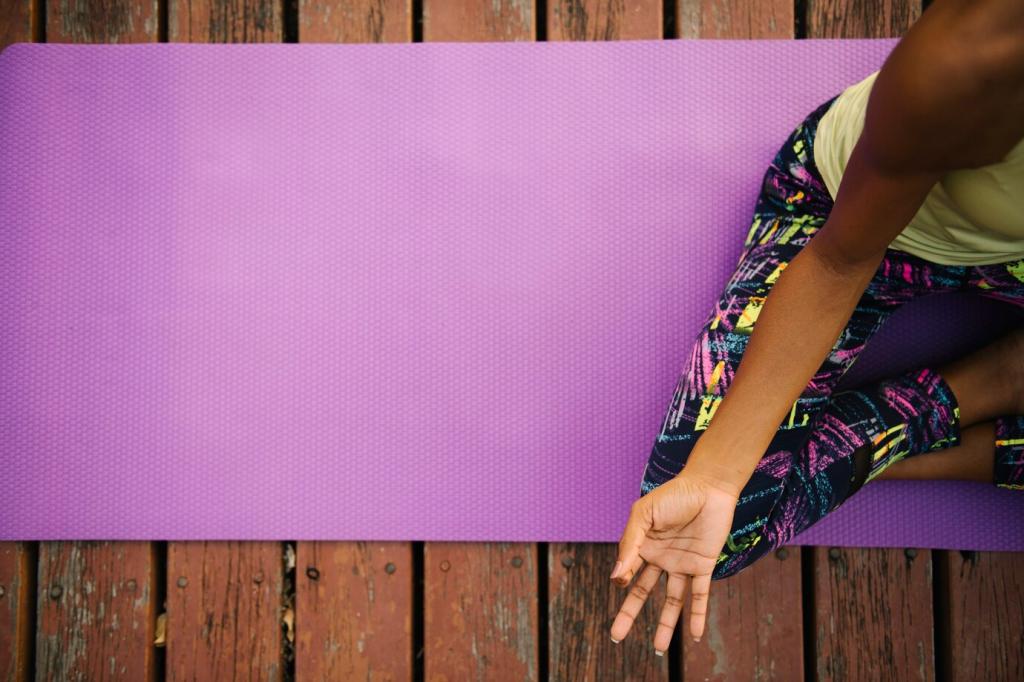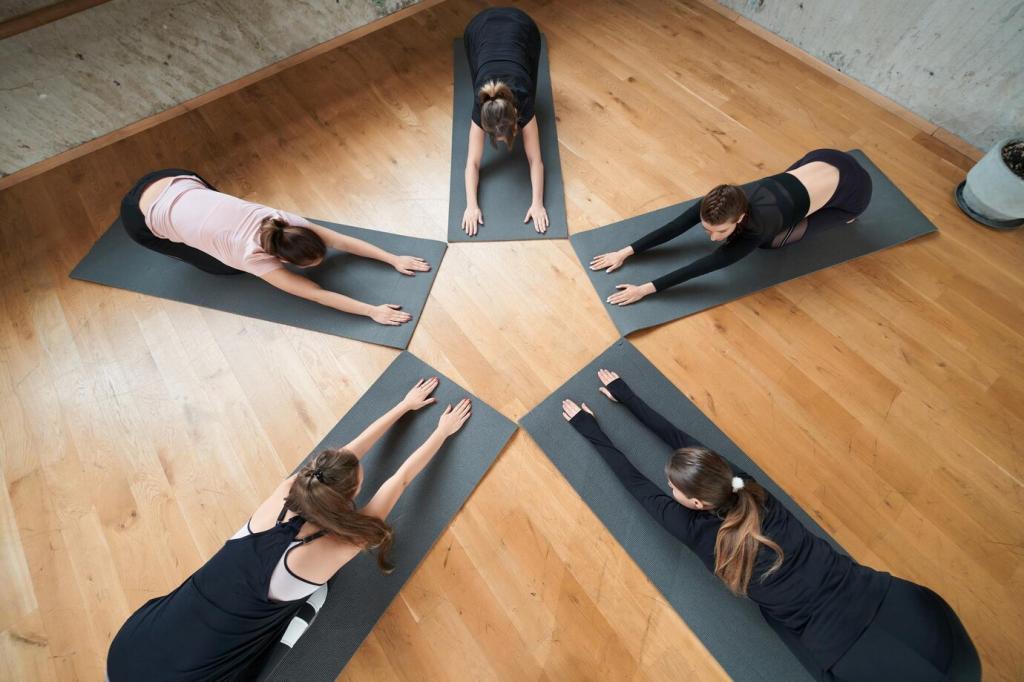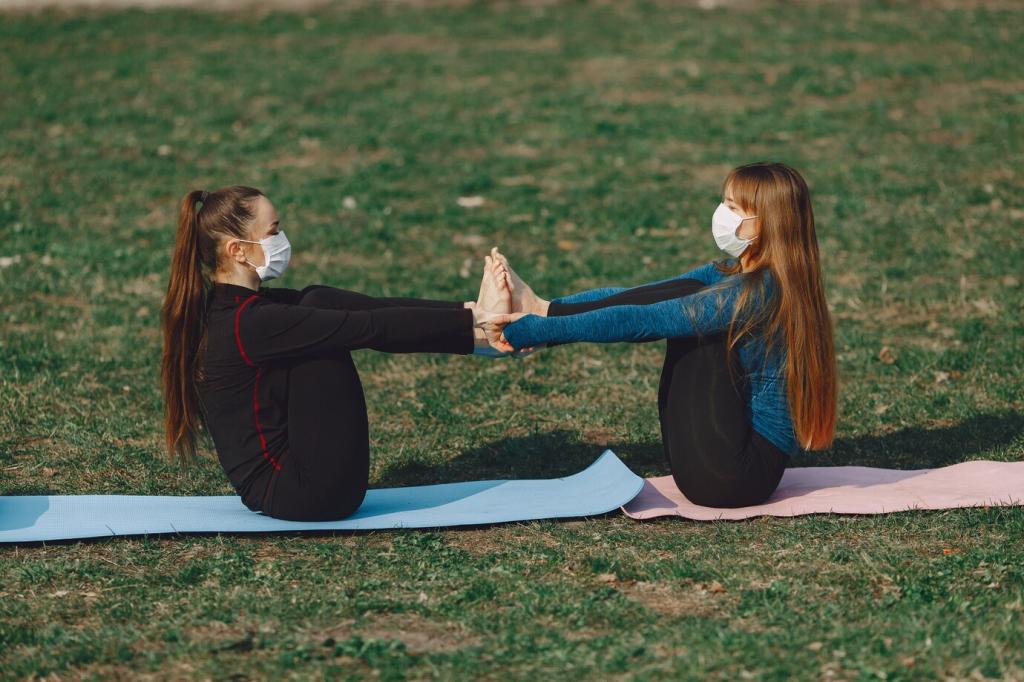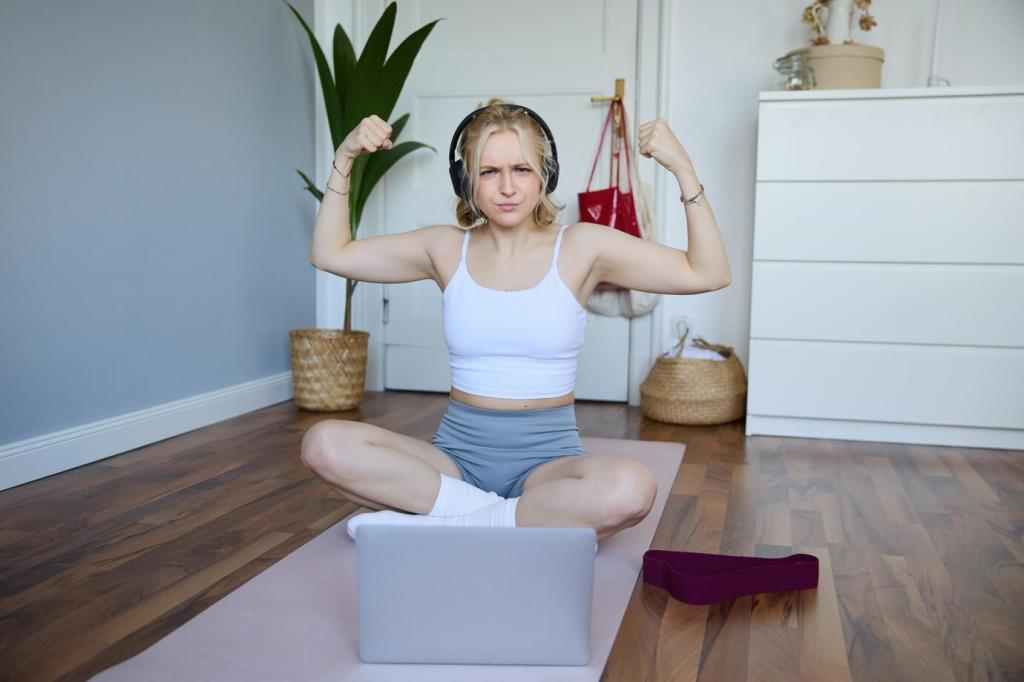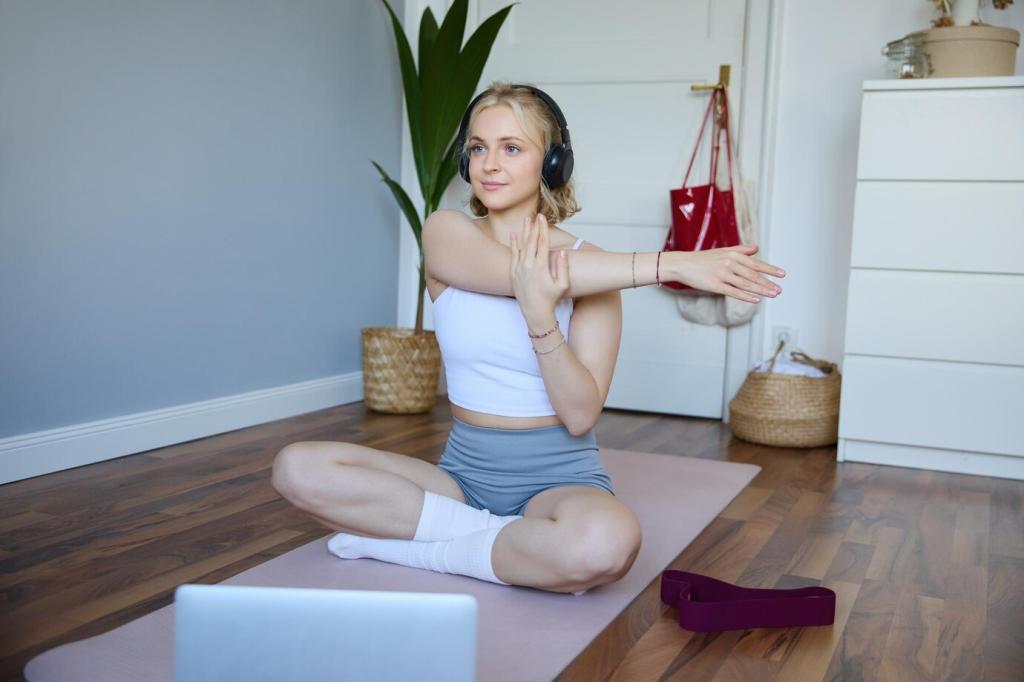Understanding Your Breath: Anatomy Meets Yoga
Your diaphragm does most of the breathing work, moving downward on inhale to draw air into the lungs and rebounding on exhale. Yoga reinforces this natural motion through mindful pacing and posture awareness, helping you move air more efficiently. Try placing a hand on your belly and feel it glide.
Understanding Your Breath: Anatomy Meets Yoga
Between each rib, small intercostal muscles help widen and narrow the rib cage. Gentle side bends, supported backbends, and twists encourage these muscles to cooperate, creating space for fuller breaths. Notice how a slow stretch along your side body invites air into places that felt unreachable.
Understanding Your Breath: Anatomy Meets Yoga
Slow, steady breathing signals safety to your nervous system, increasing parasympathetic tone through vagal pathways. Many yogic techniques leverage longer, quieter exhales, which nudge the heart and mind toward balance. Share what you feel after six relaxed breaths; your insights can inspire our community.

